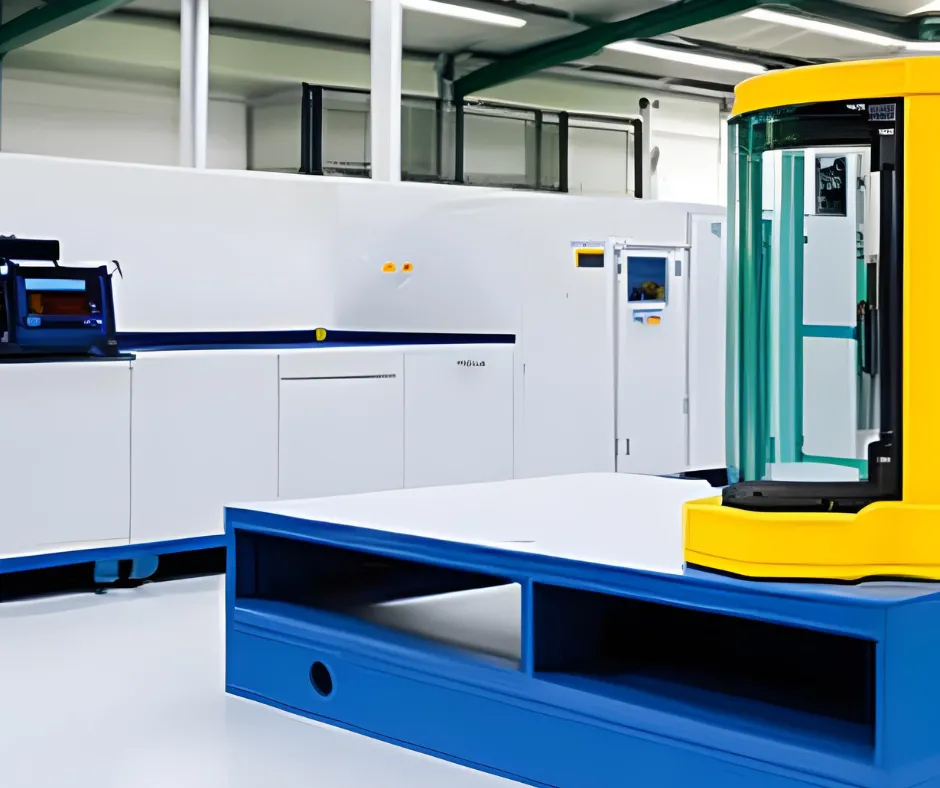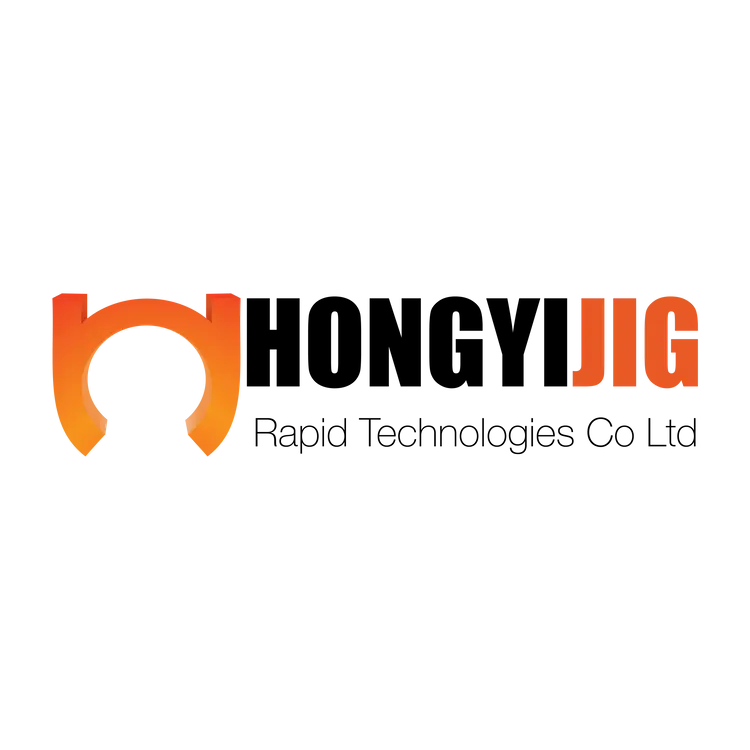Tool and die makers in India | Plastic Mould Manufacturer
15/1 Rama Road
Kirti Nagar Delhi-110015 India
+91 8883912346
asia@hongyijig.com
Certified
ISO 9001:2015

Introduction of Additive manufacturing in Injection Moulding

Additive Manufacturing is referred to as any type of manufacturing that requires a product to be built by one layer at a time. Best example of such a manufacturing method is 3D Printing.
Additive manufacturing has brought significant improvement into the injection moulding business over a period of time. Although Injection moulding and Additive manufacturing are completely different fields, their combination has proven to be more cost effective than regular injection moulds manufacturing.
Engineers can create complex prototypes and tooling quickly and cost-effectively, with reduced lead time and minimized design revision rounds.
HOW IT WORKS?
COMPUTER AIDED DESIGN(CAD) Software first takes a scan of the product you want to print and then feeds that information to the 3D printer. Printer starts to produce the product layer by layer. Time consumed in this process completely depends upon the complexity of the product. After being completed, you get the physical product right in your hand.
ADVANTAGES OF ADDITIVE MANUFACTURING
No boundation on materials
There is no restriction on the materials that can be used in the process of 3D printing. One can use any materials from polymers, metals, and ceramics to foams, gels, and even biomaterials. So that you wil have a clear idea about the product before beginning the production.
Much faster than traditional manufacturing process
Traditional manufacturing can take up to months to get completed and consume a huge stack of cash as well. But in 3D printing you can get that done quickly and save a lot of cash for future investments. 3D Printing also removes all the additional supply chain steps involved in manufacturing, making it easy to cut down the additional investment in machinery.
Complex Geometries
3D Printing is more compatible with complex geometries than traditional manufacturing. 3D printing runs on software which can work seamlessly with data. After the data is installed in the software, the 3D printer functions on its own without any supervision.
Produce small sized products and in small quantities
3D printing techniques can make small sized products more efficiently than traditional manufacturing. Manufacturers do not need to plant a full machinery just for a small batch of products to be sold.

